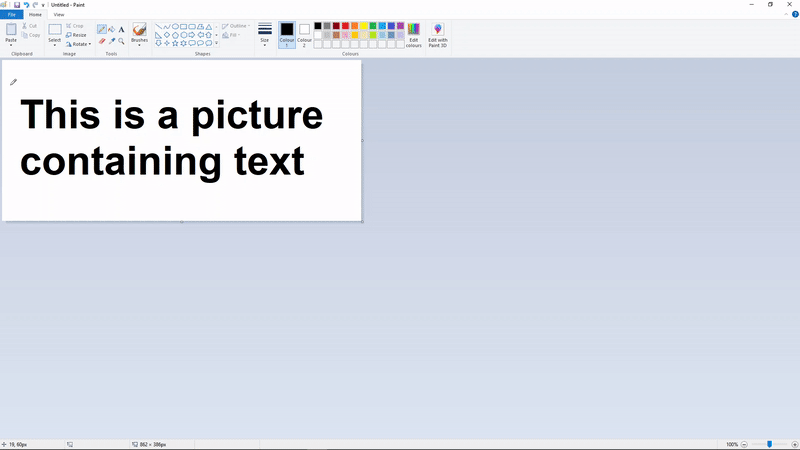This tool gives users the ability to take a screenshot and copy to the clipboard the text content of the screenshot. Works on Windows, macOS, Ubuntu, Manjaro, and (should work on) most other Linux distros.
Running textshot.py will open an overlay over the screen, where a rectangle can be drawn over the portion of the screen containing the text the user wishes to copy.
An optional command line argument can specify the language. For example, python textshot.py eng+fra will use English as the primary language and French as the secondary language. The default is eng (English). Make sure that the appropriate data files for Tesseract are installed for other languages. A list of all supported languages can be found here.
It is recommended to attach a global hotkey to this tool.
On Windows, one can accomplish this by using an AutoHotkey script; textshot.ahk contains a sample AHK script that can be used.
On Ubuntu, open the Keyboard Settings, which shows you all the Gnome shortcuts. At the bottom there is a + button to add your own shortcuts. Click it and set the command to /usr/bin/python3 <path-to-textshot.py>. In case you are using a venv, the python3 path above should point to the venv's python3 instead of the global python3.
- Install Python 3
- Clone this repository, and
cdinto it - (Optional) Create a virtual environment, for example with
python -m venv .venv - Install the required packages with
pip install -r requirements.txt - Install Google's Tesseract OCR Engine, and ensure that
tesseractcan be reached from the command line by adding the directory to your system path.
@rigred has added this to the AUR, so Arch Linux users can install the package textshot-git with their AUR helper. For example, yay -S textshot-git.




